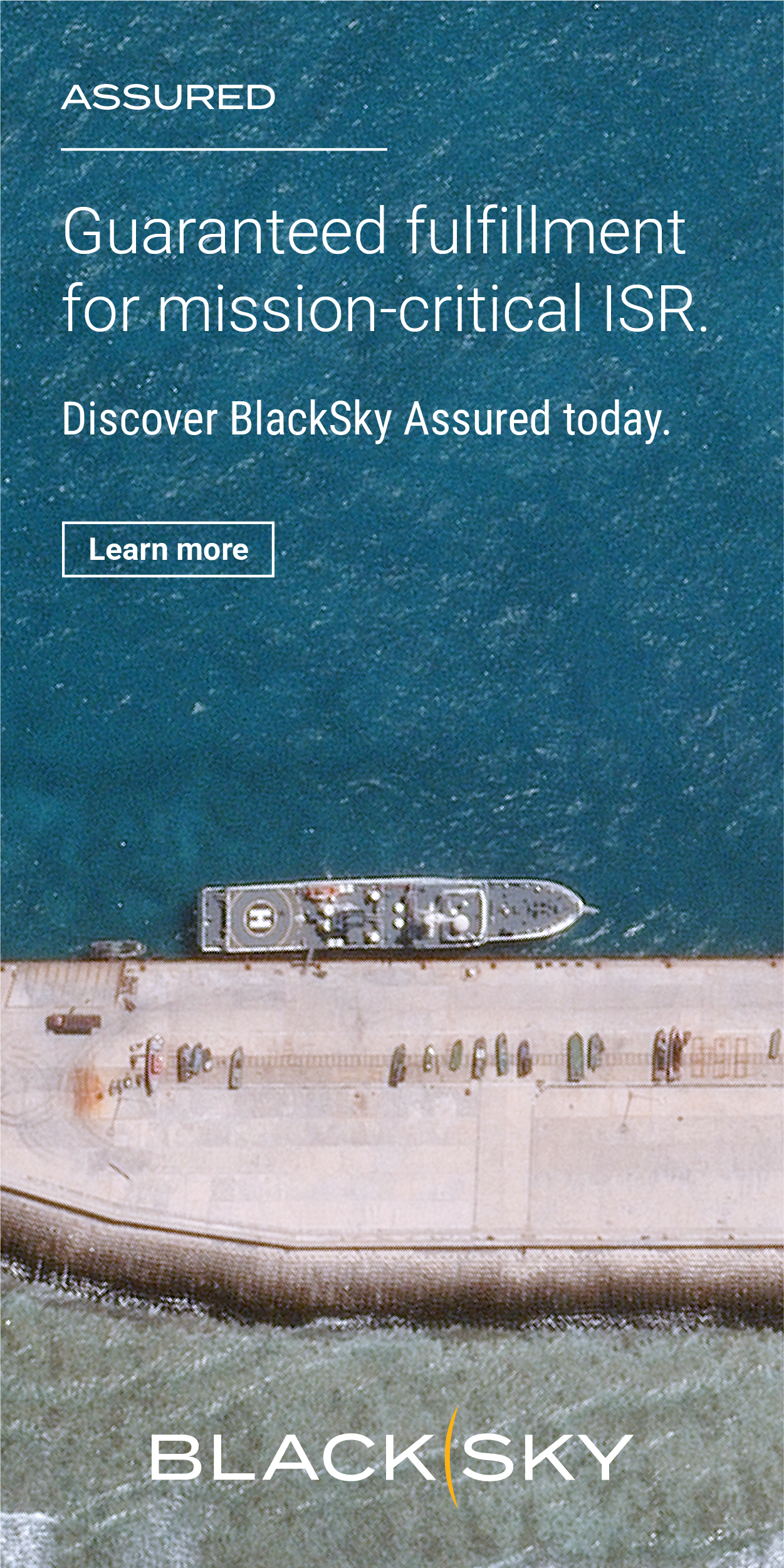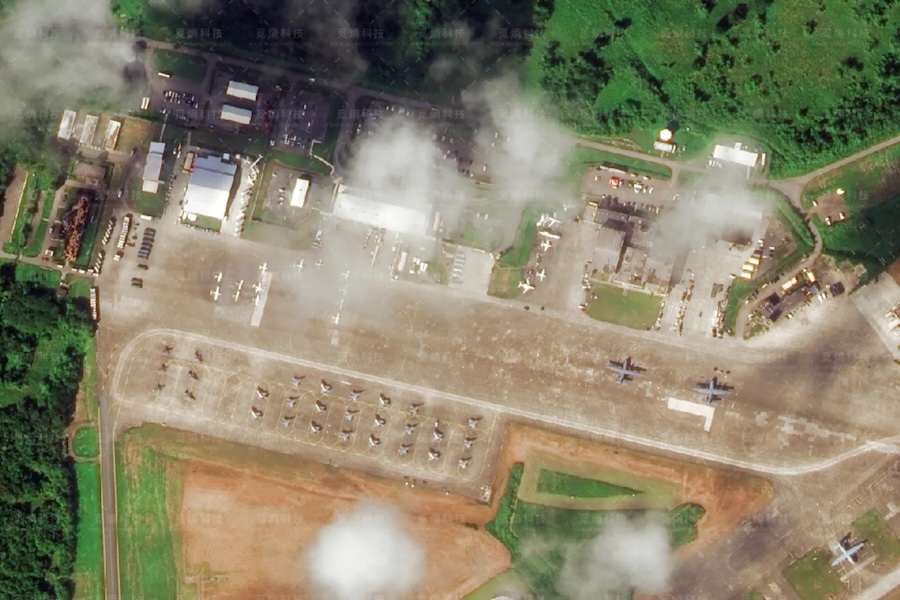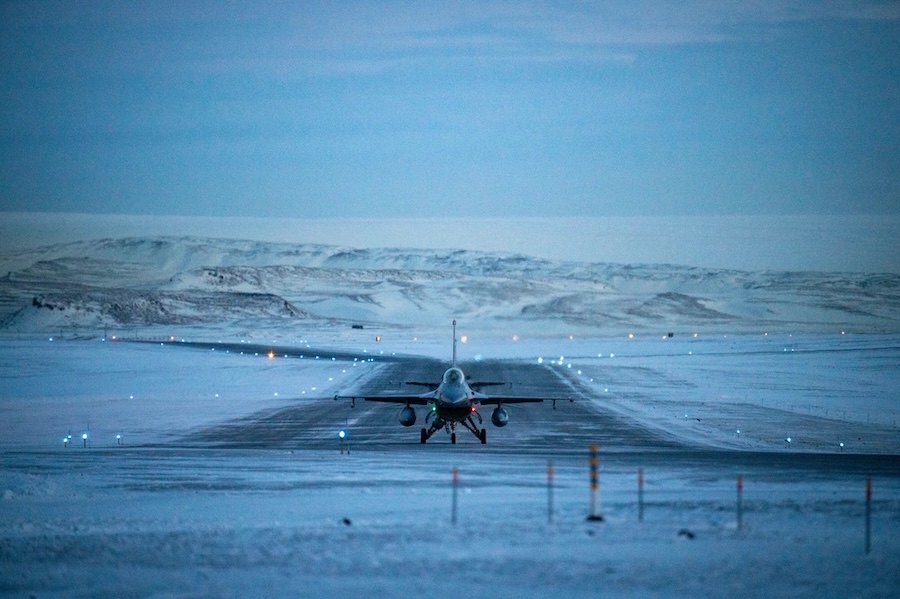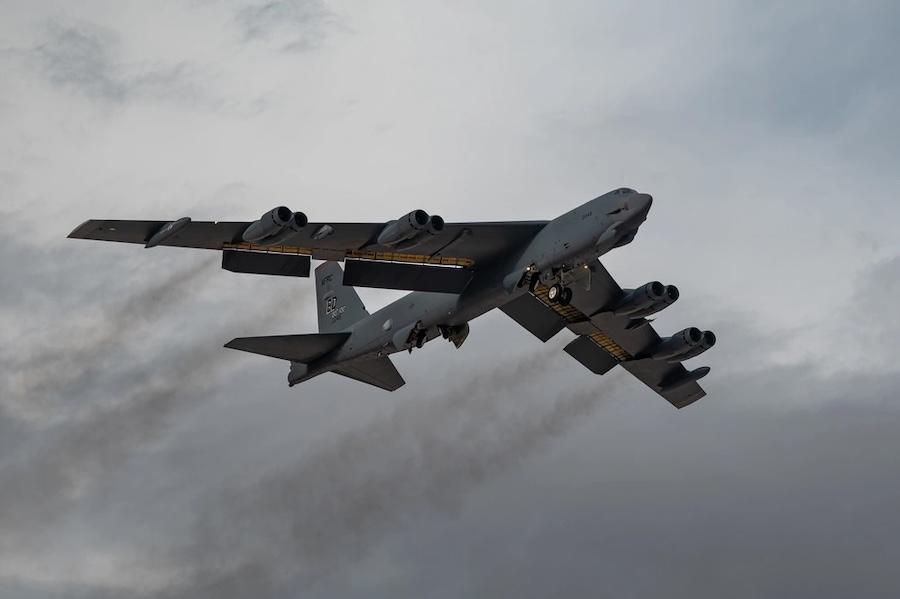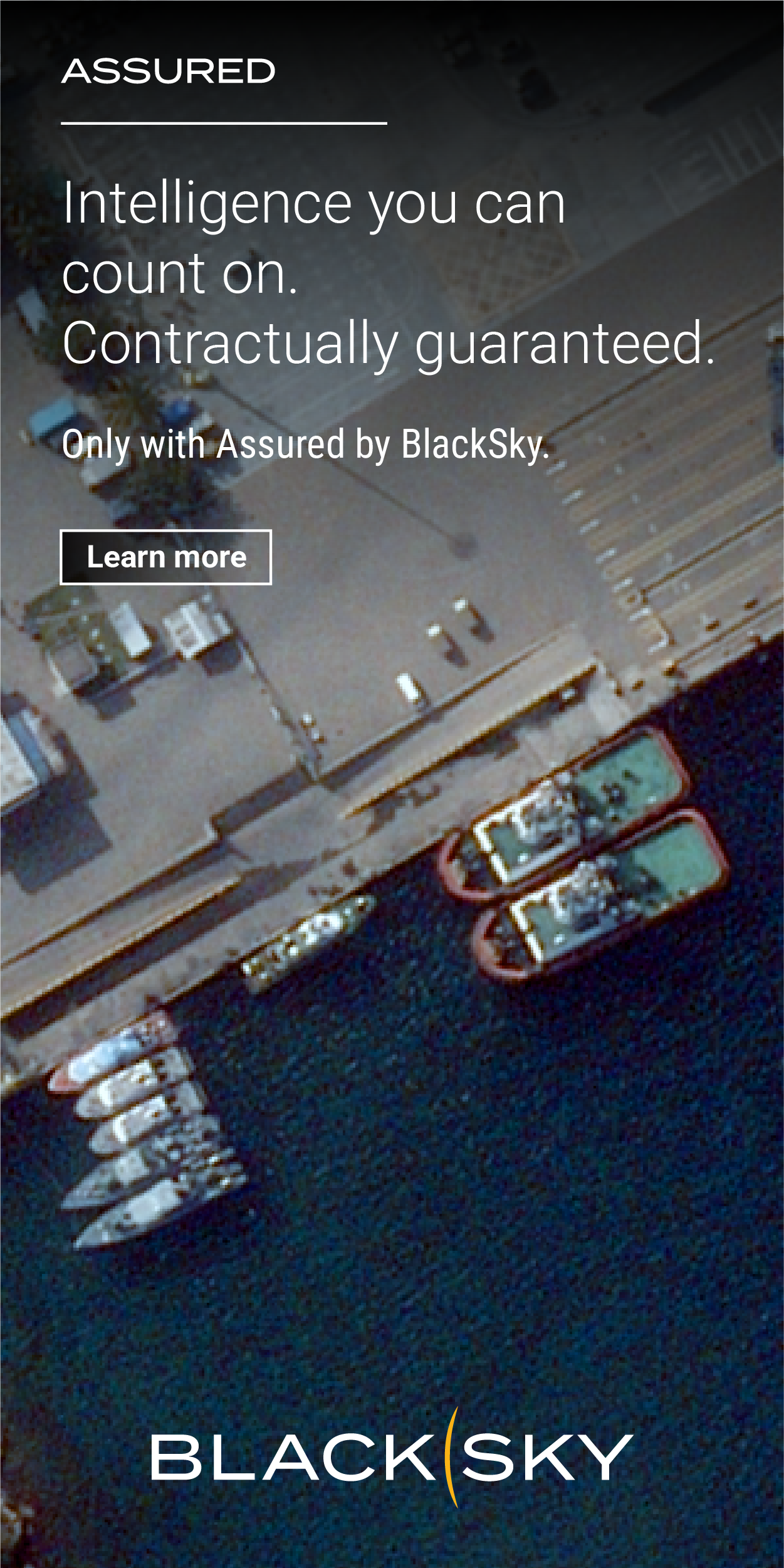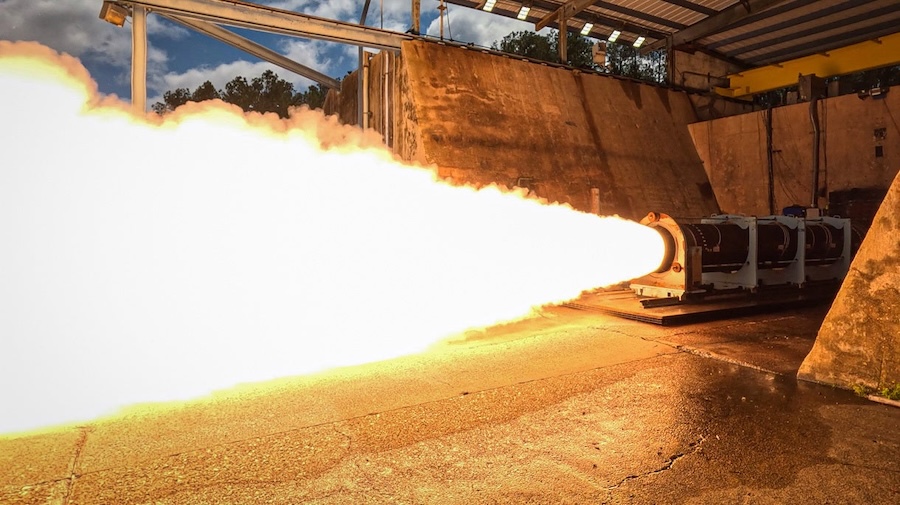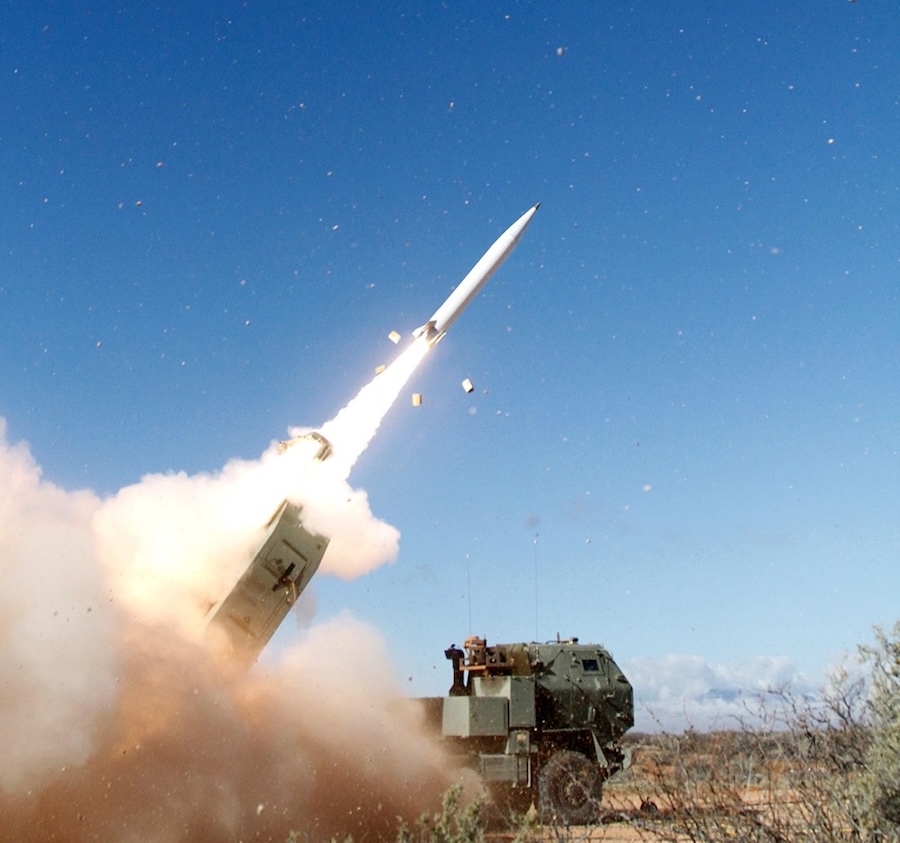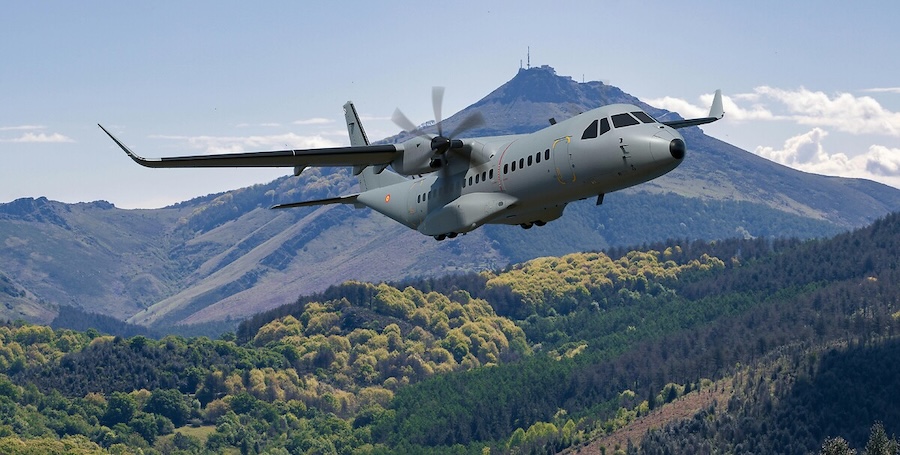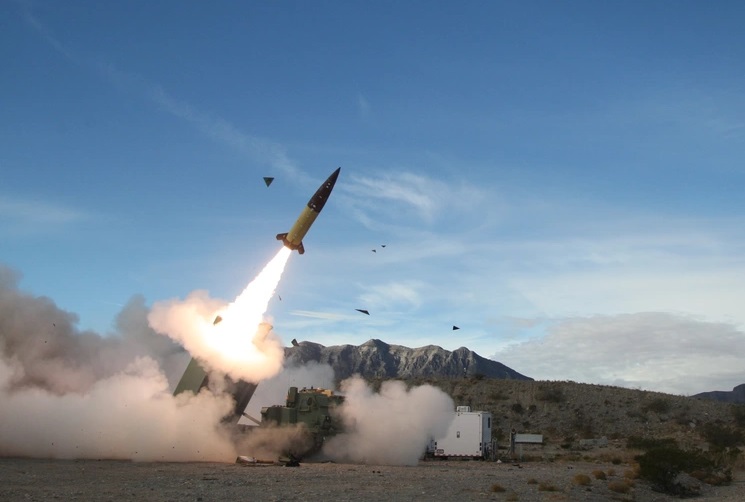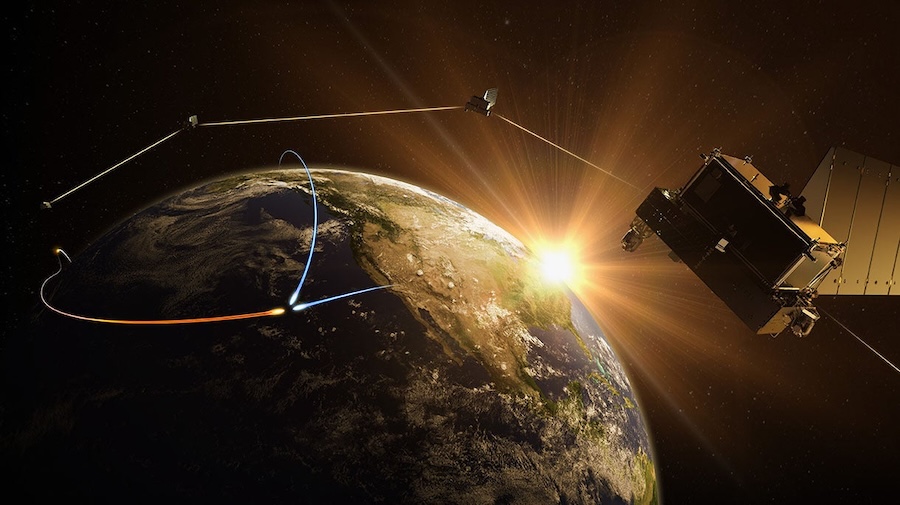“Due to the proliferation of low-cost tools, the number of jamming, spoofing and blocking incidents is growing and is leaving more pilots and operators in the air without access to GNSS data,” said Matt Picchetti, vice president, Navigation and Sensors, Honeywell Aerospace Technologies. “HANA is our latest alternative navigation system designed to counter these threats by providing precise information on the aircraft’s position, velocity and orientation when GNSS signals are unavailable.”
HANA is built as a layered, multi-system navigation platform that supports a combination of vision-aided navigation, magnetic anomaly detection, Low Earth Orbit (LEO) satellite signals, and other tools such as LiDAR, radar, radios and star trackers. This architecture allows operators to tailor the system based on mission-specific needs for maximum resilience and operational continuity.
The initial release of HANA features vision-aided navigation, which uses real-time camera feeds to match ground imagery with map databases. Honeywell plans to expand the platform in 2026 by integrating magnetic anomaly and LEO satellite capabilities.
HANA can run on existing operator hardware or on Honeywell-provided platforms, ensuring flexible deployment across a wide range of mission environments. Its introduction builds on Honeywell’s decades-long legacy in inertial navigation system development and reflects a continued focus on strengthening navigation resilience in modern aerospace operations.




